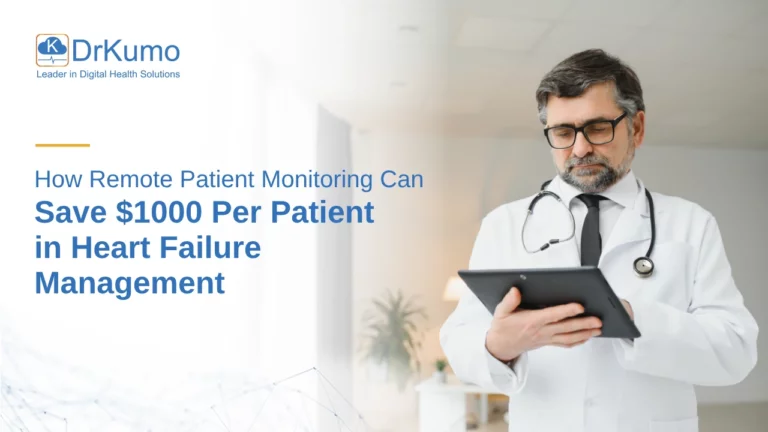Long COVID is evolving as the next phase of the global health crisis, afflicting millions of individuals with neurological, cognitive and breathing problems, and organ damage months after they got sick. There is mounting evidence that the condition also raises the risk of serious non-COVID health outcomes such as heart attacks, strokes, diabetes, and brain shrinkage. It also puts already overburdened health-care systems to the test, with waves of chronic illness and patients who may never truly recover.
What is long COVID?
According to CDC,[1] long COVID, long-haul COVID, post-acute COVID-19, post-acute sequelae of SARS CoV-2 infection (PASC), long-term effects of COVID, and chronic COVID are all terms used to describe post-COVID conditions.
After being infected with the virus that causes COVID-19, people report a wide range of new, returning, or chronic health problems. Because most COVID-19 patients recover within a few days to a few weeks of infection, post-COVID symptoms could be detected at least four weeks after infection. Post-COVID symptoms can occur in anyone who has been infected with COVID. Most people with post-COVID conditions noticed symptoms days after their initial SARS CoV-2 infection, but some people with post-COVID symptoms did not realize they had an infection at all.
There is no test to diagnose post-COVID disorders, and people may experience a variety of symptoms that could be caused by other medical conditions. This makes detecting post-COVID symptoms more difficult for healthcare providers. A diagnosis of post-COVID problems is based on your medical history, which includes whether you were diagnosed with COVID-19 through a positive test, symptoms, or exposure, as well as a physical examination.
Let’s take a look at the numbers:
- Up to 24 million Americans[2] may have had long-term symptoms.
- Up to six months after the virus had left their bodies, 10% to 30% of those who had the disease had at least one symptom.
- According to some experts,[3] 1 in 20 fully vaccinated people infected with the Omicron strain could become long-haulers, and the rate in unvaccinated people could be as high as 20%.
- A study in the U.K.[4] found that fewer than half of 2,320 COVID patients discharged from hospitals in the first 13 months of the pandemic had fully recovered a year after catching the disease.
- Women were 33% more likely than males to have persistent symptoms.
The American medical system is starting to restructure in preparation for years of increased demand.
How does telehealth assist people who have a long COVID?
Telehealth allows you to receive the care and monitoring you need without having to leave the comfort of your home. There are numerous options for getting treatment for long-term COVID-19 symptoms:
- Talk to your doctor about telehealth options for follow-up treatment after you leave the hospital or their office.
- Enroll in remote patient monitoring program so you can use RPM devices for your doctor to check on you at home.
- Meet with your doctor during a virtual appointment to discuss lab test results to clearly understand how your symptoms are affecting your body
- Ask your doctor about medications or treatments that can help manage your symptoms during your appointment.
- Use RPM to bridge the gap between in-person visits.
NOTE: While RPM is a convenient option to get fast, high-quality care, your doctor may still want to see you in person on some circumstances.
Takeaway
It’s difficult to live with a post-COVID condition when there are no immediate explanations or treatments. Fortunately, people with symptoms can use telehealth and remote patient monitoring to seek medical treatment and develop a personal medical management plan that will help them improve their symptoms and quality of life.
References:
- CDC. “Post-COVID Conditions.” Centers for Disease Control and Prevention, www.cdc.gov, 5 May 2022, https://www.cdc.gov/coronavirus/2019-ncov/long-term-effects/index.html.
- International, Inc., Advanced Solutions. “PASC Dashboard.” PASC Dashboard, pascdashboard.aapmr.org, https://pascdashboard.aapmr.org/. Accessed 16 May 2022.
- https://twitter.com/Bob_Wachter/status/1515751560826941441“Clinical Characteristics with Inflammation Profiling of Long COVID and Association with 1-Year Recovery Following Hospitalization in the UK: A Prospective Observation Study.” DEFINE_ME, www.thelancet.com, https://www.thelancet.com/journals/lanres/article/PIIS2213-2600(22)00127-8/fulltext. Accessed 16 May 2022.








